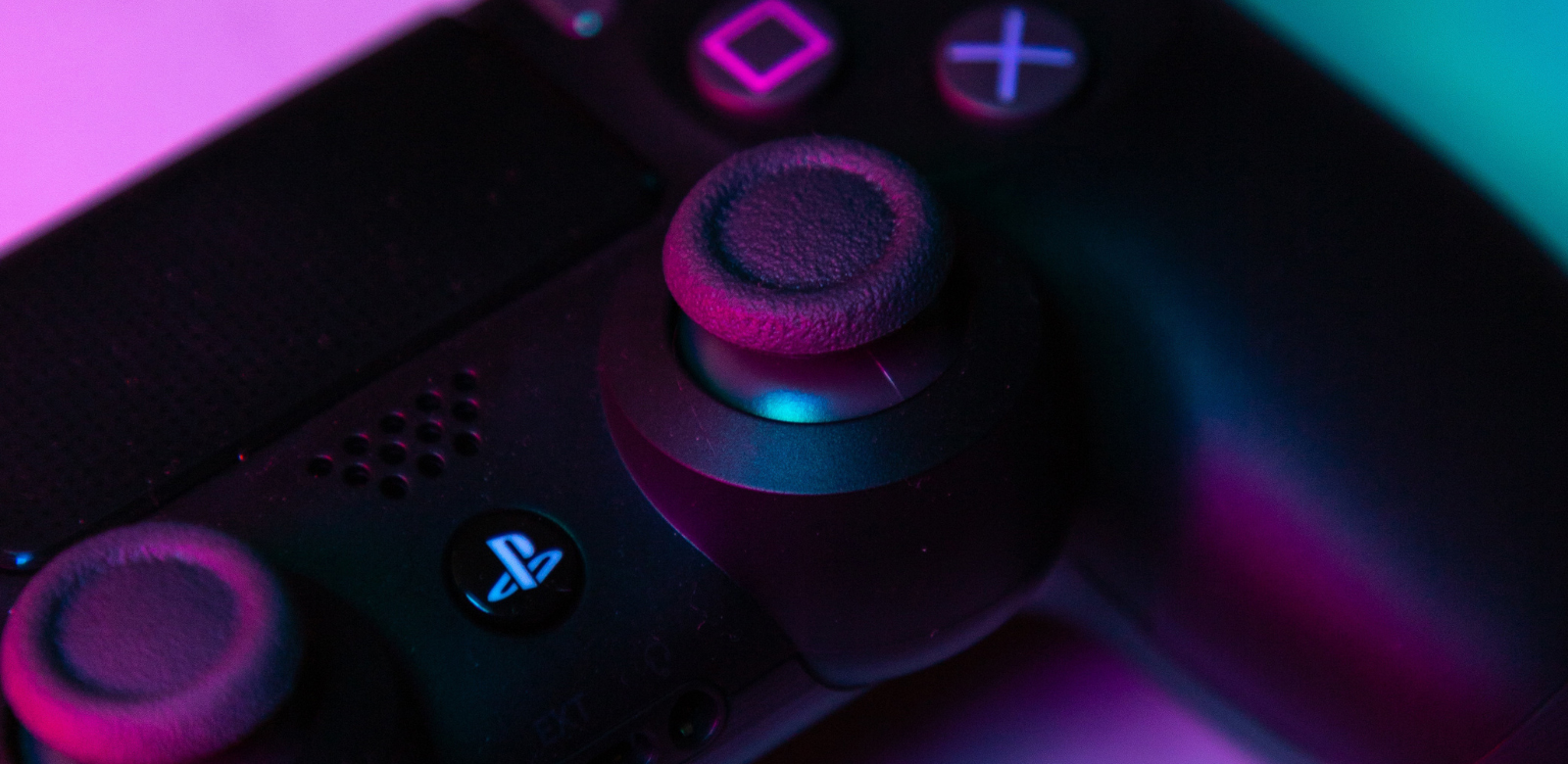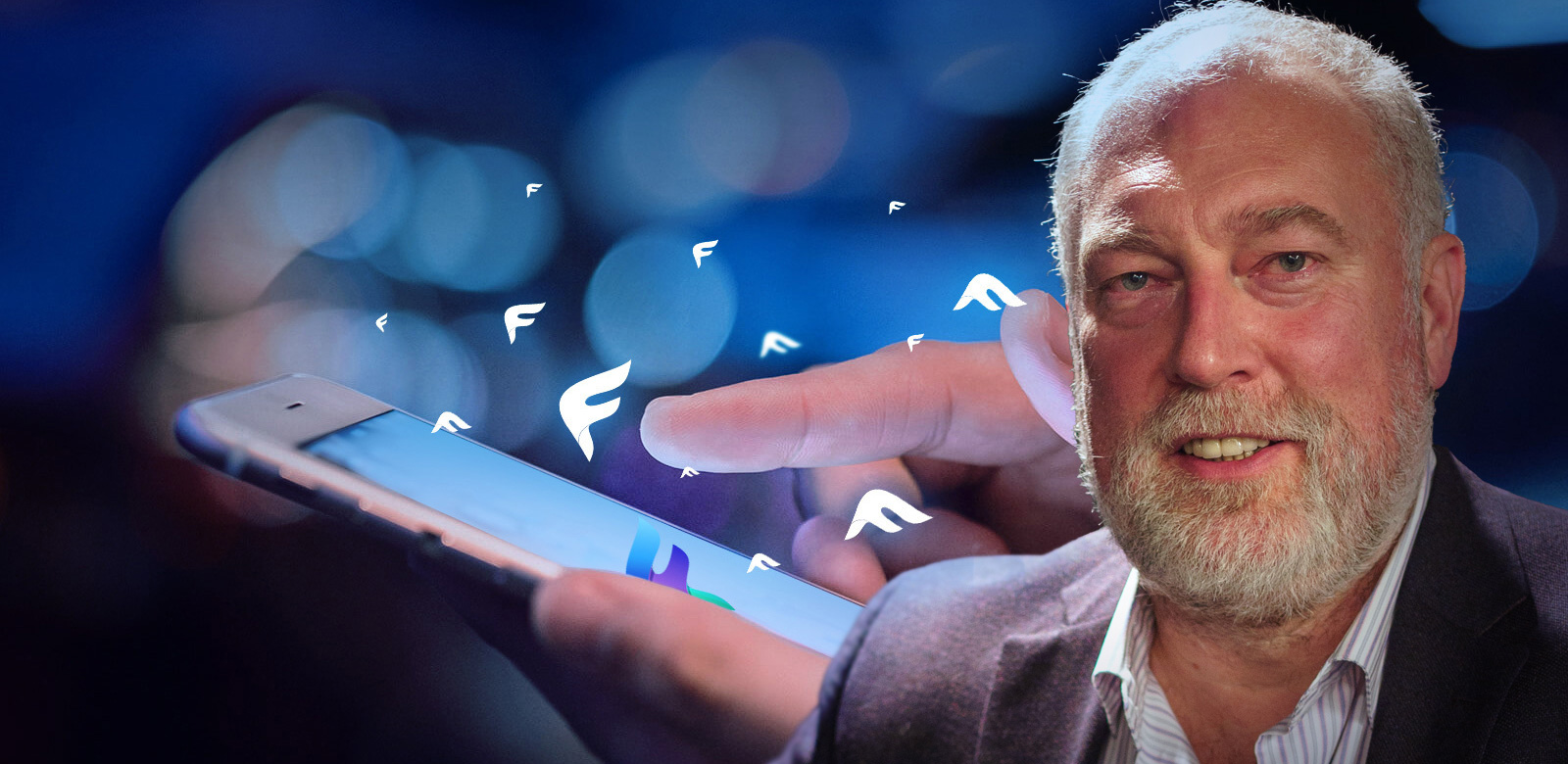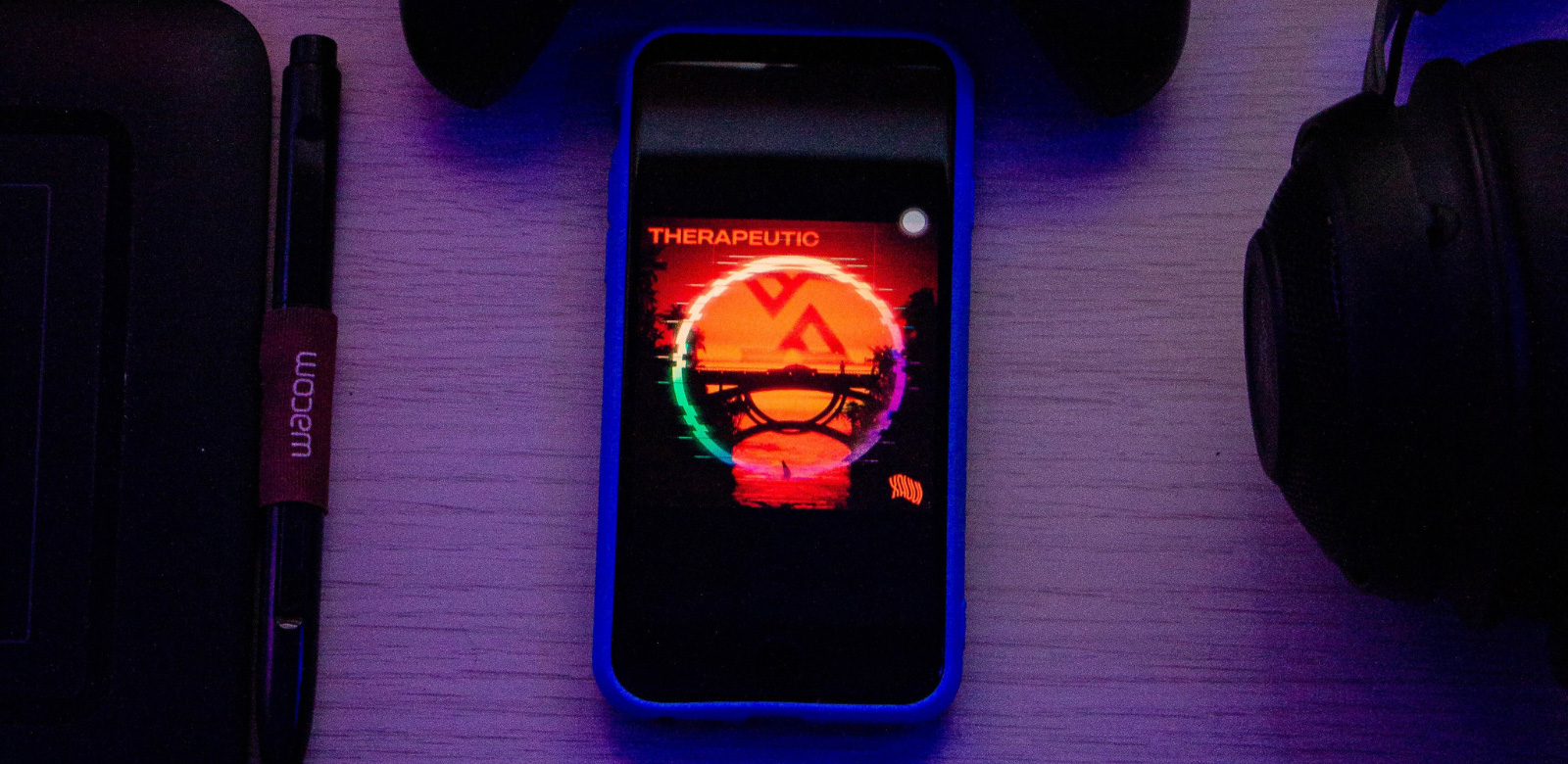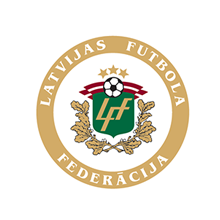What are phygital NFTs?
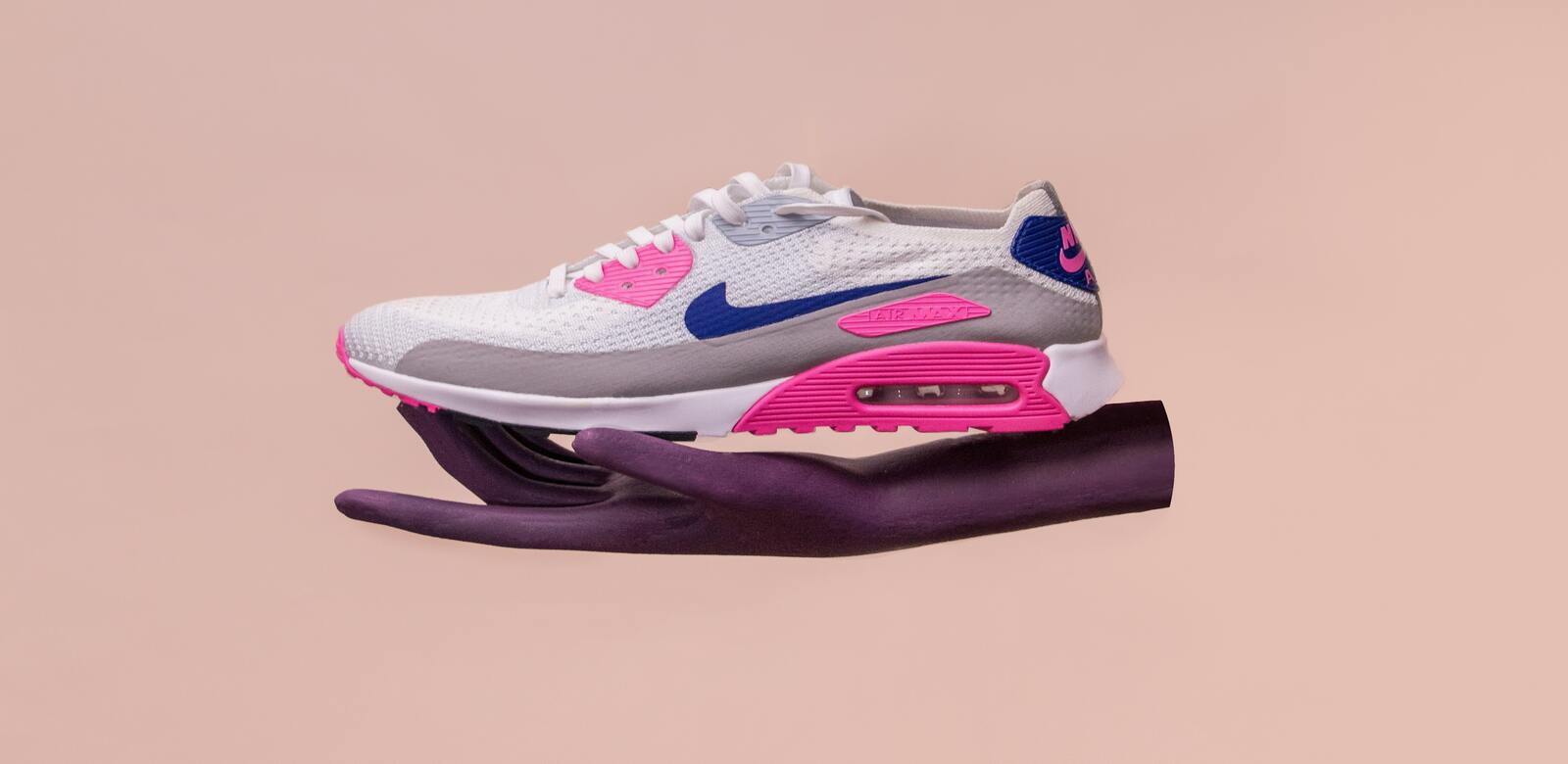
Phygital NFTs, a combination of the words physical and digital, are non-fungible tokens connected in some way to tangible objects. They constitute a diverse class of NFTs that allow blockchain developers to create fresh approaches to fusing the real and virtual worlds. They open the door to linking real-world experiences with various digital analogs, such as the metaverse. Phygital NFT is a name for any experience, service, thing, or thing connected to something that is an NFT.
Now let’s look at some variations of phygital NFTs:
- Redeemable NFTs – They add the physical product’s distinctive identity to the associated NFT’s information. Owners receive the tangible goods sent to their addresses upon redemption.
- Digital twins and physical NFTs are closely connected. They are digital replicas of actual things that incorporate real-time data. For instance, the sportswear company Nike featured Cryptokicks NFTs, digital twins to real sneakers. It allows possessing a sneaker, both physically and virtually. This concept enables the “breeding” of two NFTs to produce an “offspring” of shoes that can then be turned into custom sneakers.
We can utilize physical NFTs to establish trust between several parties since they have blockchain as their foundational technology. Thanks to smart contracts’ tamper-proof procedures, they are traceable and transparent. They can therefore be used to prevent copying and establish authenticity. This is especially important in the luxury and art sectors, where provenance is a crucial concern.
Physical NFTs’ redeeming processes aren’t usually consistent. Burning to redeem is a frequently used format in which the owner must burn the NFT to obtain the physical good. The Nouns project, which sends real glasses to NFT owners, is a well-known initiative using this technique. After burning, a “commemorative” NFT is delivered to the collector’s wallet, starting the process for the glasses to be physically delivered.
While the previous scenarios typically involve people purchasing an NFT first and then exchanging it for a tangible item, there is also the option to purchase a physical item first. For instance, the Givenchy collection offers NFTs to the owners of items bought through physical locations.
